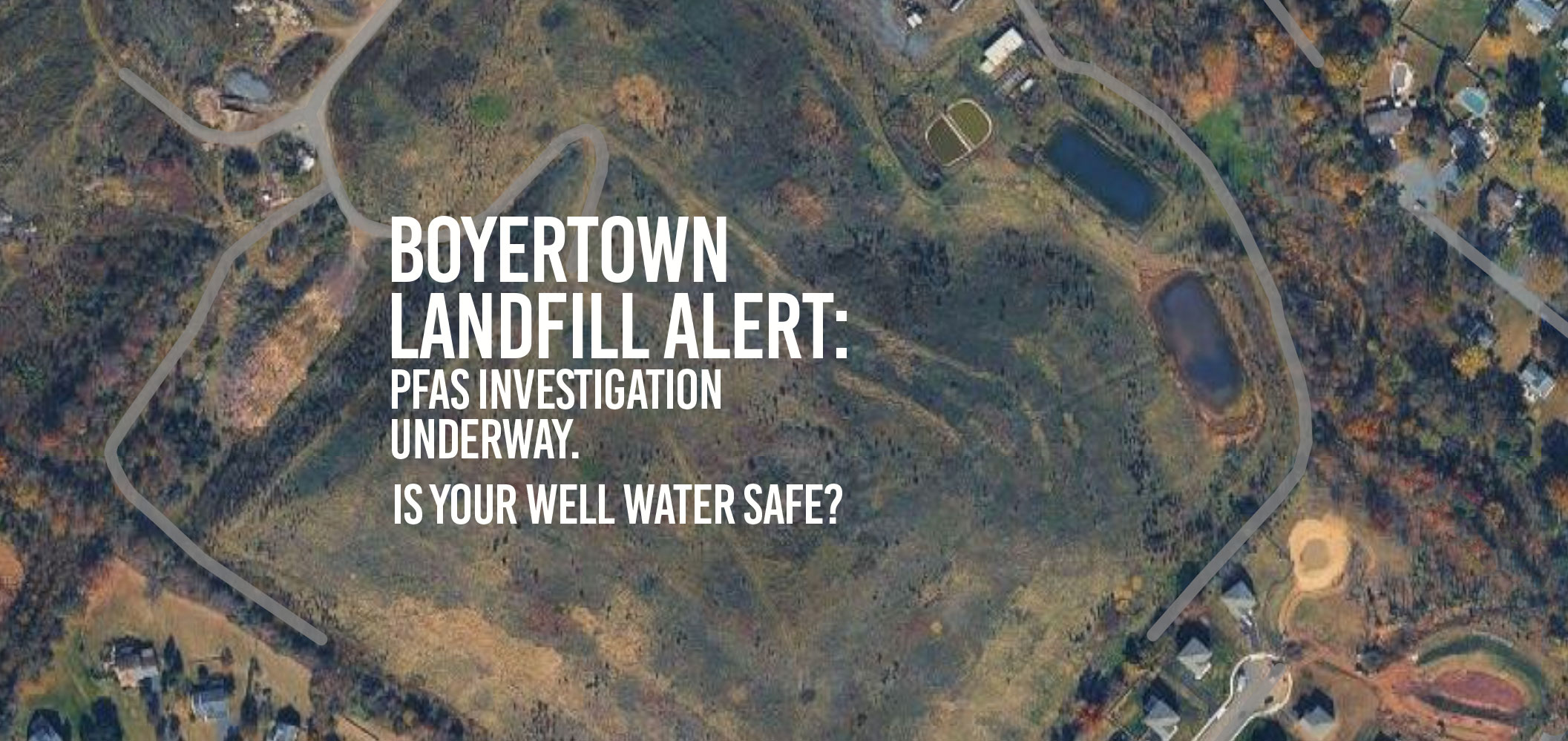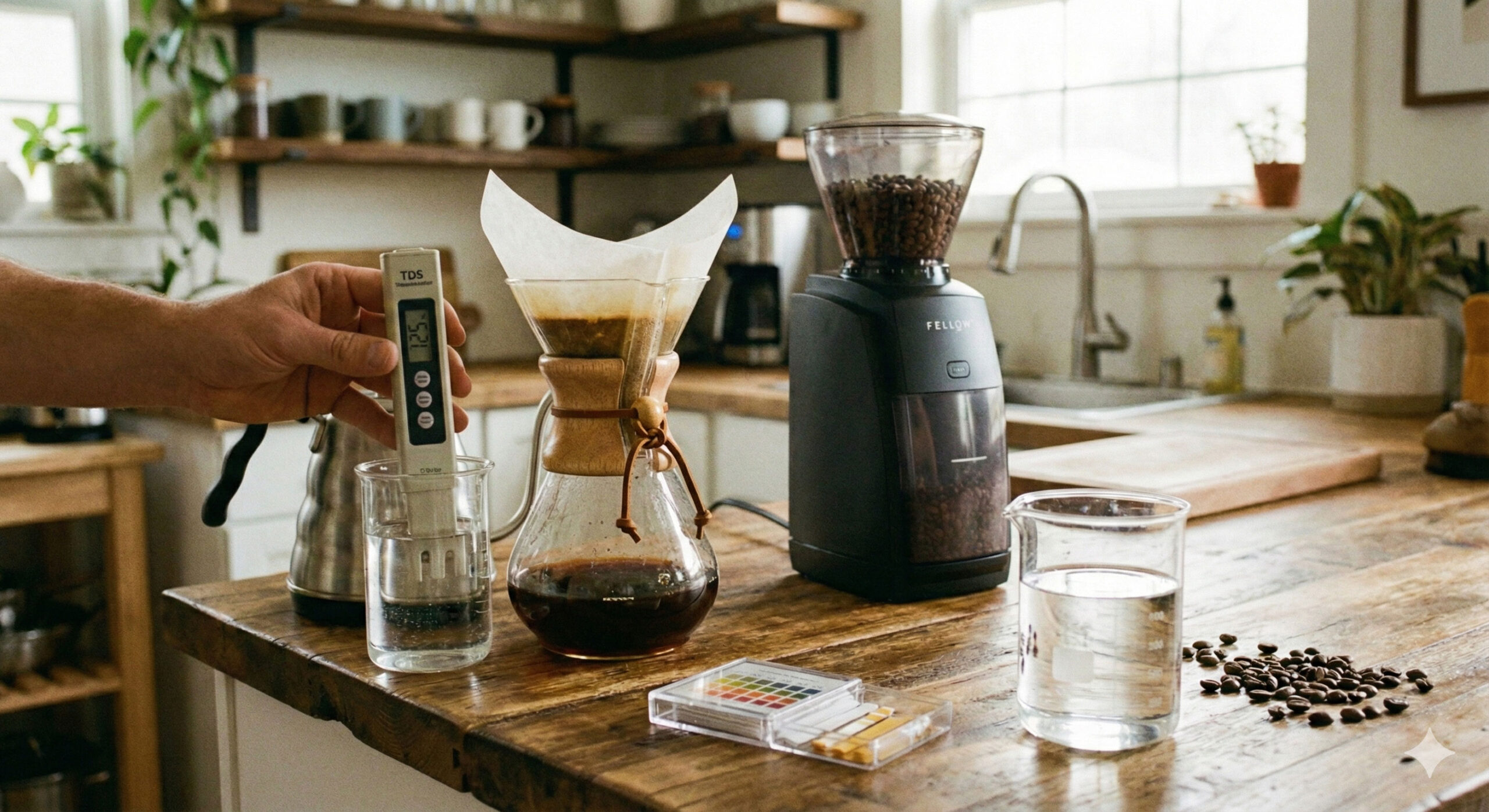Your water might look clean, but under the surface something could be multiplying in the dark. Hidden colonies of bacteria can quietly build up in pipes, wells, and water heaters, turning your home’s plumbing into a perfect breeding ground for invisible intruders. This article uncovers the truth behind the bacteria that could be haunting your tap and how to make sure they never return.
The Creepy Truth About Waterborne Bacteria
Bacteria are everywhere — in soil, in the air, and even inside your plumbing. While most are harmless, some are not. In untreated or poorly maintained water systems, microscopic organisms can grow and spread quickly, especially when the conditions are right: moisture, warmth, and darkness.
That means your well, plumbing system, or even your water heater can become home to bacteria such as E. coli, coliform, Pseudomonas, and Legionella. These invisible organisms can trigger everything from unpleasant odors to potentially serious illness.
Scary fact: Legionella bacteria, which cause Legionnaires’ disease, thrive in warm water systems between 77°F and 113°F.
Learn more about prevention and protection with UV System Installation.
Common Signs You Might Have Bacterial Growth
You cannot see bacteria, but your water might be sending you subtle warning signs. Watch out for:
- Slimy buildup inside faucets or toilet tanks
- Cloudy water or particles floating in a glass
- Musty or earthy smells, especially after your water sits unused
- Stomach upset after drinking water from home
- Reduced water pressure, since biofilm buildup can clog pipes
If you notice any of these symptoms, it is time to test your water. A professional coliform and E. coli test can identify contamination before it spreads further.
Schedule your complimentary water test.
The Perfect Conditions for Bacterial Takeover
Think of bacteria like houseguests who overstay their welcome. Once they find a cozy spot, they multiply quickly.
Here are some of the most common bacterial hideouts in Pennsylvania homes:
- Well water systems, especially shallow or older wells that lack proper sealing
- Water heaters set below 120°F, which become bacterial breeding zones
- Pressure tanks, where stagnant water allows biofilm to form
- Unused plumbing lines such as guest bathrooms or outdoor spigots that sit idle for months
Even small amounts of bacterial growth can create recurring water quality issues. Without the right treatment, your system could be haunted by these microscopic tenants all year long.
Why a UV System Is Your Best Line of Defense
Unlike chlorine or chemical disinfectants, ultraviolet purification destroys bacteria, viruses, and other microorganisms without adding anything to your water. The UV light penetrates their DNA, preventing them from reproducing.
Here is why UV systems are so effective and why homeowners rely on them:
- Continuous, chemical-free protection
- Eliminates the threat of up to 99.99% of bacteria and viruses
- Safe for both well and municipal water sources
- Minimal maintenance once installed
Pairing UV with pre-filtration such as sediment and carbon filters ensures crystal-clear, safe drinking water from every tap.
Learn how UV System Installation keeps your family safe.
Real-World Bacteria in Pennsylvania Water
Pennsylvania’s mix of private wells and aging public infrastructure makes bacterial contamination a recurring concern. In recent years, testing across Berks, Bucks, and Montgomery Counties has shown the presence of coliform and other microbes in multiple systems.
Even municipal water can carry risk, as evident by the frequent boil water notices across the state. If your home’s plumbing is outdated or your well cap is not properly sealed, bacteria can enter through the smallest openings.
Ongoing monitoring and routine water testing are critical, especially for homeowners with private wells.
Explore Well Inspection and Water Testing Services.
Frequently Asked Questions
- How do bacteria get into my home’s water supply?
Bacteria can enter through surface runoff, cracked well casings, unsealed well caps, or plumbing systems that remain unused for long periods. Even minor leaks or cross connections can provide a pathway for contamination. - Can I boil my water to remove bacteria?
Boiling can temporarily make water safe for drinking by killing most bacteria, but it does not address the root cause of contamination or remove biofilm inside pipes. For lasting protection, disinfection or UV treatment is necessary. - How often should I test my water for bacteria?
Homeowners with private wells should test at least once a year, and anytime there is flooding, changes in taste or odor, or recent plumbing work. Municipal water customers should test if they suspect contamination within their plumbing system. - What type of filtration removes bacteria best?
Ultraviolet purification is one of the most reliable and low-maintenance methods for eliminating bacteria. When combined with sediment and carbon pre-filters, it provides comprehensive protection without adding chemicals to your water. - Is bacterial contamination dangerous?
Some bacteria are harmless, but others, including E. coli and Legionella, can cause serious health issues. Children, older adults, and individuals with weakened immune systems are most at risk.
Conclusion
Bacteria are part of nature, but they do not belong in your drinking water. If you have noticed changes in taste, odor, or clarity, your plumbing may be harboring unwanted microscopic guests. With regular testing and the right purification systems in place, you can restore confidence in your home’s water and protect your family year-round.
Schedule your free water test today with Dierolf Plumbing and Water Treatment, and let our team help you eliminate the unseen threats in your tap.
Read More
How Water Quality in Philadelphia and Its Surrounding Suburbs Impacts Your Coffee and Tea Experience
Coffee and tea lovers tend to obsess over beans, leaves, grind size, temperature, steep time, and equipment. These details matter, but they overshadow one of the most important parts of the brewing process. The water [...]



